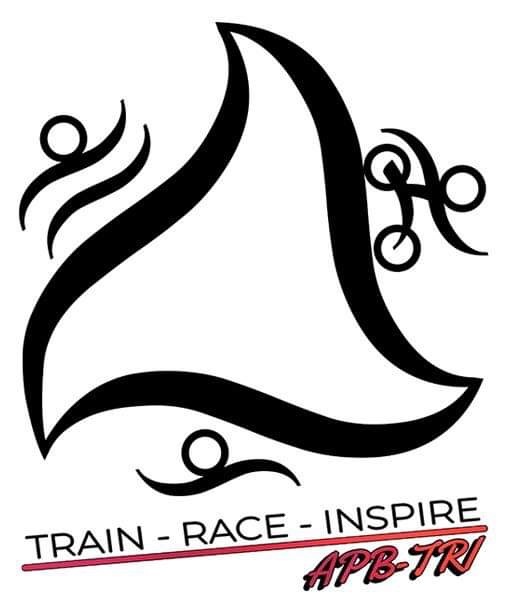Do you like carb loading? I sure do… I get to enjoy it relatively frequently, since I enjoy long rides and run.
Some people argue in favor of keto diet and such. I am not into that, so I will focus on the carb-loving part of endurance sports community. If you want to talk about fat-adapted training and racing, please talk to somebody who is well-informed on the issue. I am not and many who claim to be are not. It’s easy to hurt yourself this way.
What is carb loading?
Carbs in this case are glycogen. And loading is exactly what you think – storing them in your muscle and liver. So it basically means that you eat in a way to ensure maximum storage of glycogen in your body. When I was reading up on carb loading before one of my marathons, I learned that you store three times as much water as glycogen (by weight) when you carb load. Isn’t it awesome? You are carrying your energy and hydration with you!
Because that’s exactly what glycogen is: potential energy you take with you for the race. Next week, I will be discussing refueling during a race, but before you can refuel, you need to fuel up.
WHO should I carb load?
I once heard of a family friend who signed up for a 5k and the night before, he made a ton of pasta, ate it all and ended up suffering GI issues the whole night. So many things wrong with this story…
Let’s address the simplest issue first: who should carb load? The answer is anybody who intends on exercising for over 90 minutes. So probably not a 5k… Anything that calls for short bursts of energy (like weight lifting) is also not a reason to carb load. Think more of cardio exercise sustained for a long time.
What does carb loading do for me?
In the simplest terms: it makes sure you don’t run out of energy. Well, maybe at least not right away. As your body releases glycogen, it will produce energy and allow you to keep going. Are you familiar with the concept of ‘the wall’ (usually talked about in the context of marathons, but totally applicable to cycling and swimming)? That’s when you run out of energy. The goal of carb loading (and next week’s article on refueling) is to avoid this problem. You have enough problems during the race, don’t let running out of fuel to burn be one of them.
Speaking of the wall: carbs are not your only source of energy. You can use fat, too. The wall is when your body switches from glycogen to fat. Unfortunately, fat is harder to access and slower to burn. That’s why you start feeling sluggish when you switch.
When should I carb load?
Ah, the famous pasta parties the night before… Those are both a yes and a no… If you haven’t started carb loading until the night before the race, you are in deep trouble. It takes body way longer than one meal to properly absorb and store that much glycogen. Currently, prevalent opinion says it should be about 3 days before the race. If you try to do it all at once, see my friend’s story above again…
How should I carb load?
Did you think this is a license to eat whatever you want? Not so fast! As they say in the Ironman community: nutrition is the fourth discipline (I would argue that transition is the fifth…).
Carb loading means giving your body enough carbs, which is about 4 grams of carbs per day per pound of body weight. That’s a lot of food, isn’t it? Sad part is that this should come at the expense of everything else, especially fats. Carbs should become 85-90% of your food. Sad, but true.
What sort of carbs should I eat? I’m glad you asked! If you like pasta, white bread and such, this is your time to shine! You want things that are easy to digest and won’t fill you up too fast. Make smart choices, including a low fiber foods. Who would have known that there is a time when ‘low fiber’ is considered a smart choice!
Note on types of carbs
As mentioned before: not all carbs are created equal. During carb loading period, you are focusing on low-fiber, easily digested carbs. On the regular basis, though, this is not exactly what you’re looking for. Carbs turn into blood sugar and choosing poorly can mess with your body badly.
All carbs have something called Glycemic Index (GI) and it describes how fast sugar will get released into your bloodstream after eating it. Low GI means that it will give you low, sustained stream of energy. This is where your broccoli, tomatoes, apples and brown rice live. And then your have high GI foods, like doughnuts, baguettes and soda.
In general, you should aim for low GI foods, so you stay full longer and your body can maintain energy levels. You don’t want to be like a little kid who ate ice cream, then bounced off the walls for a while and then crashed, do you? However, there are cases in which you want high GI foods. Most obvious: if you have depleted your body sugar and need some thing RIGHT NOW. You know, like when you hit that wall on mile 20 of the marathon..
So as always: get out there, stay safe and keep fighting on!
